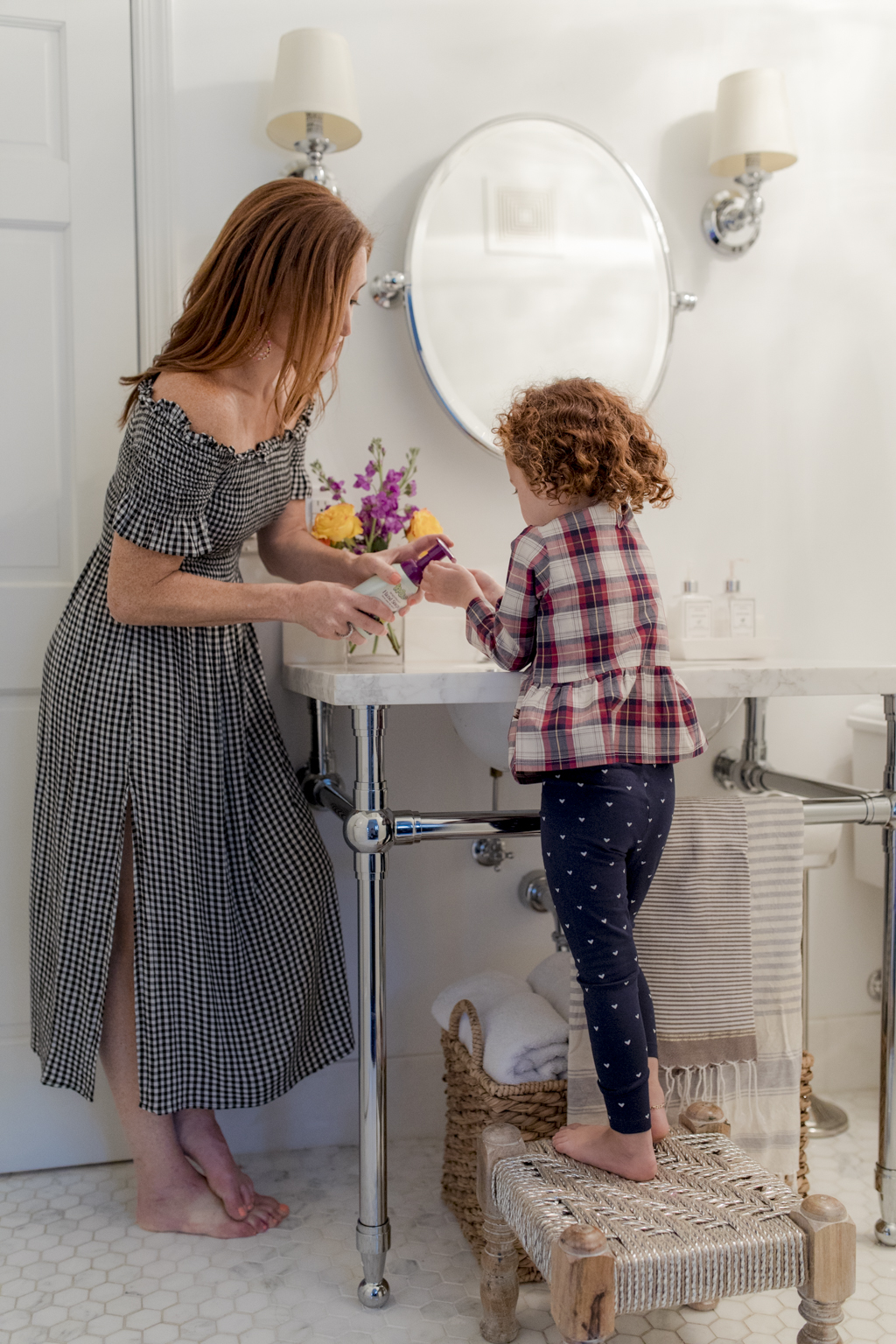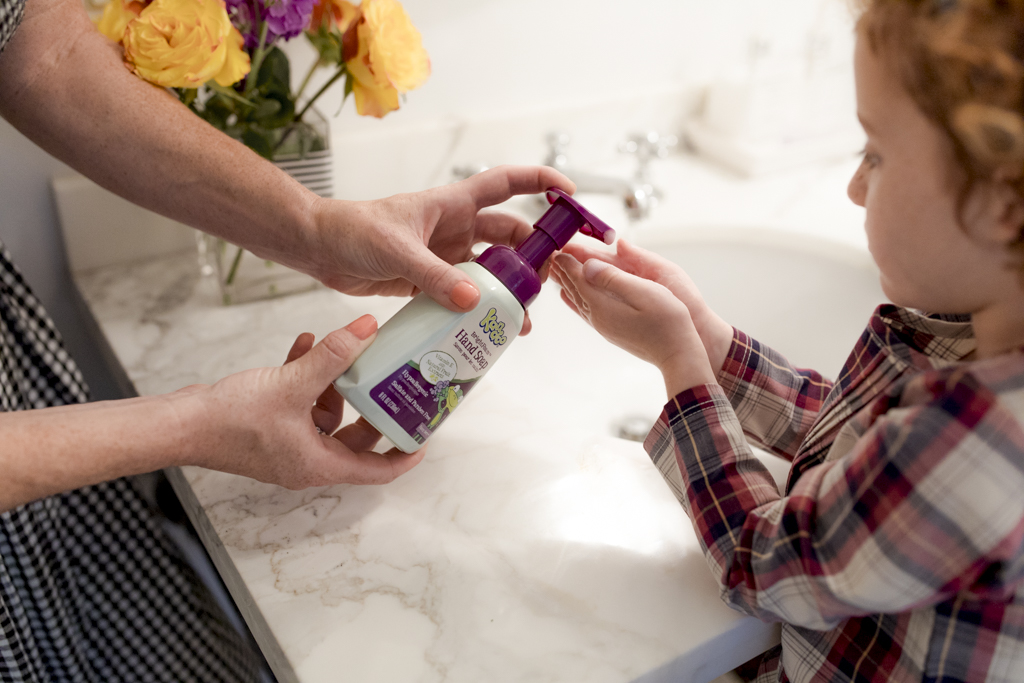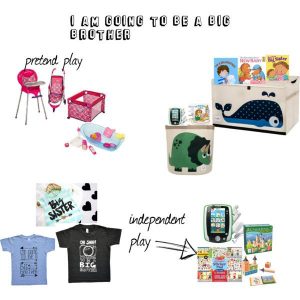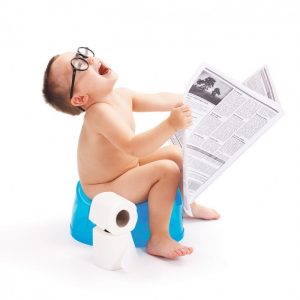
The 4 Ts To Successfully Potty Training Your Toddler
Outside of the terrible 2s, potty training can be one of the most challenging obstacles of toddlerhood. We frequently get asked questions about how to successfully potty train puppies and toddlers. Although, I cant help you with the puppies( Alison will have to help us with that), I can give you my 4 Ts to successfully potty training your toddler.
Timing– Timing is everything when it comes to successfully training your toddler. It is important to pick a time that you can truly commit to the process. Summer time tends to be a better time as our schedules are more flexible and your toddler is out of pre-school. Pick a time that won’t be distracted by travel, house guests, or life events. If your toddler is about to embark on a new adventure such as a new sibling or new school, it probably isn’t the right time to introduce potty training. Many children will actually regress in potty training after a new baby is introduced into the family. I suggest starting to introduce the concept to your child about a month before actually putting them on the toilet. Buy some potty training books and read to them every night. Go together to the store to pick out their favorite toilet. If you receive negative feedback from your child, you might want to consider waiting a bit. I have learned if they aren’t ready, they just aren’t ready and pushing them, might lead to a more stressful experience. Many people ask me at what age should I start potty training my child? Although the average age to start potty training is 22-30 months, every child is different. Here are a few questions to ask yourself before committing to potty training.
- Is my child showing interest in potty training?
- Does my child communicate when they are going to the bathroom
- Do they communicate a wet or dirty diaper to you.
- Are they upset and ask to be changed if their diaper is dirty
- Are the able to communicate their wants and needs affectively
Tatics- The most important element to successfully potty training your toddler is consistency and commitment to the process. Once you pick a time, you have to throw away all the diapers and don’t look back. There is no one tactic that will work for every child. It is important that before you start potty training, you do some research into the different methods that you think would work for your toddler. Does your child need to feel in control, do they respond well to clapping and attention, do they have a favorite toy or activity. Ask yourself, what are they motivated by? M&Ms tend to be a favorite amongst the toddlers, but maybe your child is super into cars or books. Use their interest to help in the process. A treasure box is what worked for both my children. We decorated together, went to the dollar store, and filled it with their favorite toys and snacks. Letting them be apart of the process and picking out their own rewards, really motivated them to go on the potty. Does your child like games or specific videos. I don’t love the idea of the iPad but it does keep them on the potty. It particularly comes in handy, when you are trying to get them to go for the first time. Give them a lot of juice or water and put them on the potty with their favorite book or video. Videos tend to keep them there for a longer time. Other tactics
- Target shooting with Cherrios
- Magic water that changes colors when they pee in the potty
- Sticker chart
- A certificate
Tools- It is important that you have everything you need when you start potty training. Anytime you can allow your child to be part of the process, it helps them to feel in control and a part of the process. Let them pick out their own underwear and toilet. Make sure that if you are going to use your toilet, there is a stool. It is important to start good bathroom hygiene from the start. Many pre-schools will not help wipe your child after they go poop. It is important to start teaching them to wipe from the beginning. Kandoo makes an amazing flushable wipe, that should be used at home and placed in their backpack for school. It cleans up to 30% better than toilet paper and serves as a hand wipe as well. Make sure they always wash their hands. Many germs are spread microscopically through fecal matter, it is imperative that your child always washing their hands after going to the bathroom.
Trouble Shooting- Although we would all love an easy potty training transition, many of us struggle with different obstacles and hiccups. I have answered the most common questions I get about the different challenges of potty training.
My child shows absolutely no interest in potty training and doesn’t care about sitting in a wet or dirty diaper? Children show interest in potty training at different times. If there is a negative feeling associated with it, I suggest waiting and trying again in a few weeks. Continue to read books about potty training every night and watch movies but don’t start the process. Allow them to sit on the potty with their clothes on and continue to try different tactics to spark an interest. Remember to always keep it positive! Don’t use negative words like smelly or dirty as it will just add to their stress about the process.
My child had no problem peeing in the potty, but refusing to poop, what should I do? This is a very common problem with potty training. It is incredibly important to address the problem appropriately as holding their bowel movements can lead to constipation and encopresis . First, don’t stress out! For a child to be completely potty trained it usually takes 3 to 6 months. If you are having problems with pooping, try starting them on a probiotic to promote good digestion and help prevent constipation. Offer them a pull up when they have to go pooping.” It is ok if you don’t want to go pooping in the potty, just let mommy know and I will give you a pull up.” You don’t want them to feel ashamed or stressed about going pooping on the potty as it will only work against you. Always stay positive. Start by letting them sit on the potty with their pull on to you pooping. Once they get more comfortable, motivate them to take off the pull up.
My child was doing great and now has regressed and is having multiple accidents, why? This is not uncommon when potty training your toddler. Children are easily distracted and many times don’t want to leave what they are doing to use the restroom. Enforce a schedule, where you place your child on the potty every 60 to 90 minutes. Always look for cues that they need to go to the bathroom.
Remember the average time it takes to completely potty train a toddler is 6 months. It is a journey, don’t get frustrated! Stay consistent and patient, and it will happen. Hope this helps you with your journey. Comment us with your biggest potty training obstacles.

*This is a sponsored blog post, but all opinions are my own*




